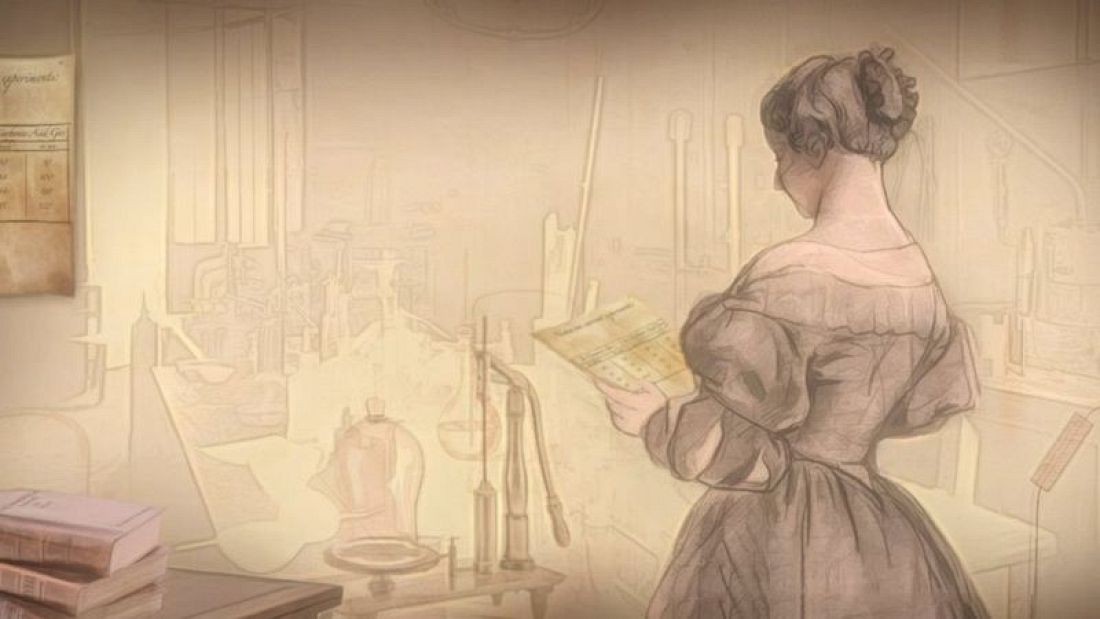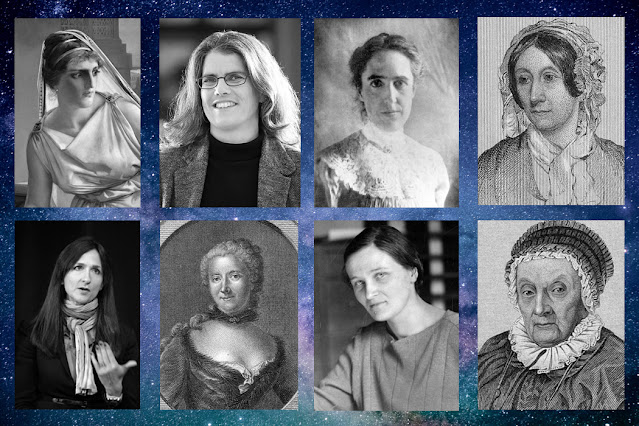Written By Jenny Darmody for Silicon Republic
 |
Dr. Catherine Heymans, professor of astrophysics at the University of Edinburgh, is the first woman to be appointed to the role of astronomer royal in the history of the United Kingdom. Image credit: BBVA Foundation.
|
As the first woman in the role, Catherine Heymans wants to bring astronomy and science to the masses.
Earlier this year, astrophysicist Catherine Heymans became the first woman to be appointed astronomer royal for Scotland since the position was created almost 200 years ago.
She is the 11th person to hold the role after it became vacant in 2019 following the death of John Campbell Brown, who held the position since 1995.
However, while the title lasts a lifetime, Heymans doesn’t plan on holding onto it for all that time.
“I think this title gives me immense opportunity to go out there and tell people about astronomy and what we do, but at some point, I’ll run out of energy.”
She said while there can sometimes be an elitist idea of holding onto prestigious titles, she’s more focused on using it to do the work she wants to do and then letting the title go to the next person.
“There are so many big questions I want to answer [and] I’ve got a big project that I want to do to get telescopes installed in all our outdoor centers. Once I’ve got that done, then I will pass this very sparkly tiara onto someone else.”
Originally, the position was linked to the royal observatories in the UK. Up until 1995, the astronomer royal for Scotland was the title of the director of the Royal Observatory in Edinburgh. Since then, it has become an honorary title which, in Heymans words, means she gets to decide what exactly the role is.
“It’s a really great opportunity to be able to share with everyone just how much astronomy we’re doing in Scotland, both professional astronomy and amateur astronomy,” she said.
“My local amateur astronomy group, their membership has grown by 30pc during lockdown.”
 From item 2.
From item 2.







